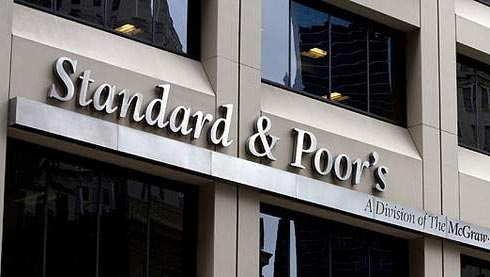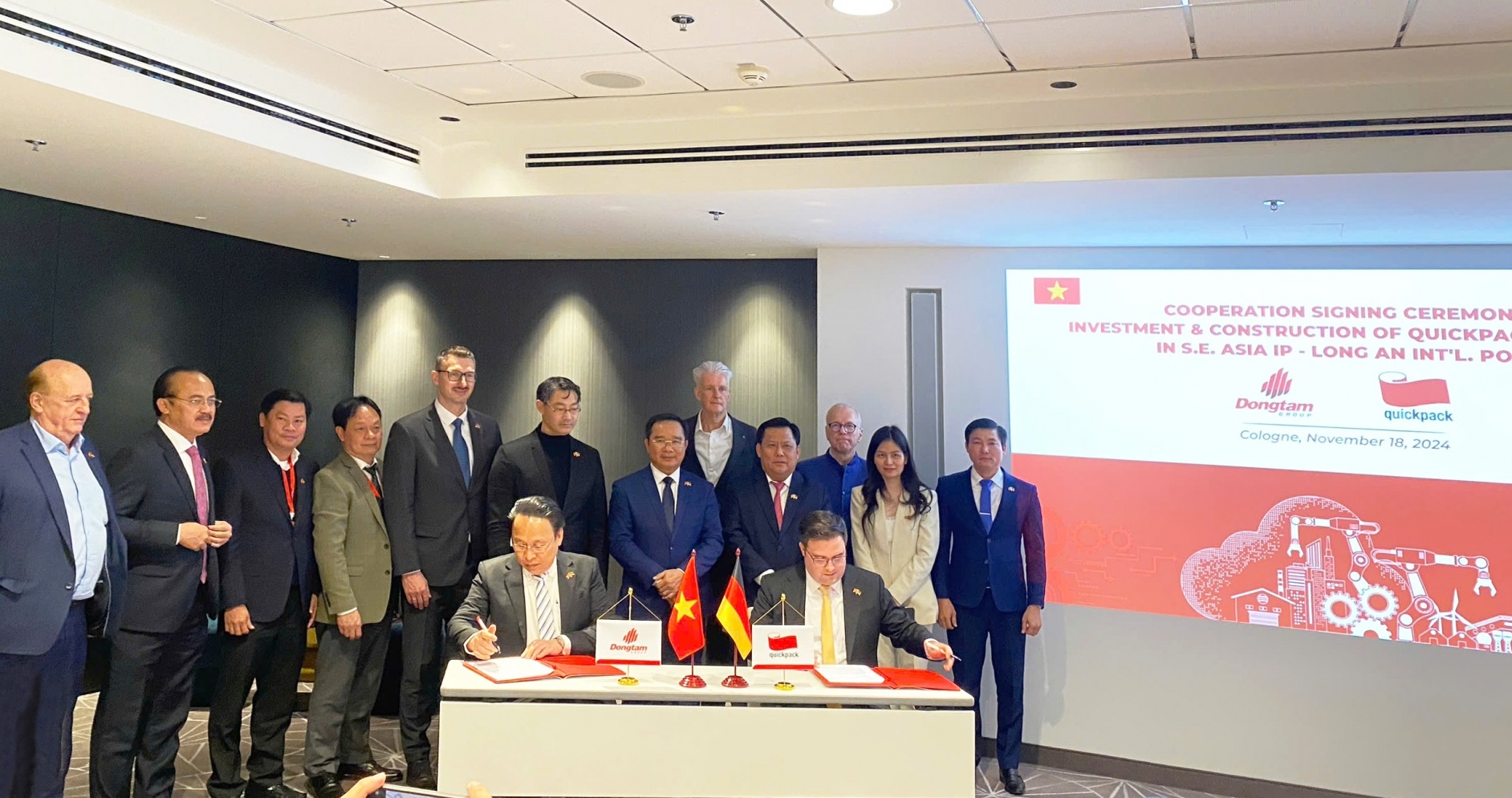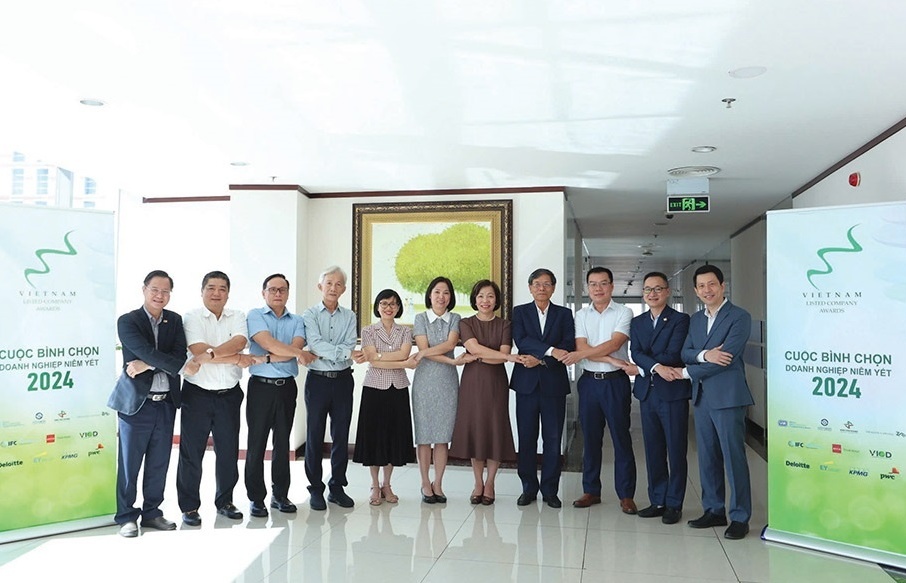Vietnam’s economy begins thriving: S&P

S&P- photo source AFP
The S&P reported that four years ago, Viet Nam struggled with bad debts as the Government prioritized SOEs. So far, Viet Nam has lured efficient FDI for exports amidst declining global demands and prices.
Overseas shipment of domestic electronics yearly surged 33% over the last three years, accounting for 18-29% of total export turnover while garments and textiles only made up 20% of exports.
Generally, foreign investment doubled in the 2012-2014 period of which Japan and the Republic of Korea contributed 22% each; Singapore 16%; China (mainland) and Hong Kong (China) 13%; Taiwan (China) 7.5%.
Last year, trade turnover between Australia and Viet Nam rose 35% to AUD 8 billion (or US$5.7 billion).
According to S&P, the labor force of the 91-million population played an import role. Advanced equipment also contributed to high productivity.
The World Bank forecast that Viet Nam’s working-age population would increase until 2030 while Chinese ones was on the decline. Meanwhile, average wage of Vietnamese workers remained at US$2,000, equivalent to those of Chinese workers ten years ago.
Viet Nam also benefits from its “openness” with foreign investors in comparison with other low-wage peers.
However, S&P held that Viet Nam would encounter with challenges from rising USD prices and exchange rates as the country is pursuing stable exchange rate and low foreign reserve at around US$31 billion.
What the stars mean:
★ Poor ★ ★ Promising ★★★ Good ★★★★ Very good ★★★★★ Exceptional
Latest News
More News
- Trump's trade policies could shape Vietnam's economic outlook: Dragon Capital (November 15, 2024 | 16:56)
- Prioritising corporate governance for Vietnam’s sustainable growth (November 14, 2024 | 16:50)
- Vietnam eyes nuclear revival to bolster energy security (November 14, 2024 | 16:46)
- German businesses explore investments in Dong Nai (November 08, 2024 | 18:02)
- Vietnamese consumer sentiment outperforms regional averages (November 08, 2024 | 18:00)
- Exchange and interest rates forecast to remain stable after US election (November 07, 2024 | 14:04)
- Industrial real estate stocks benefit from US election results (November 07, 2024 | 13:56)
- 2024 sees $1.41 billion in fintech funding so far (November 07, 2024 | 08:13)
- Trump at 266 electoral votes, Harris at 195: US media (November 06, 2024 | 14:30)
- Hanoi targets digital and high-tech investment with upcoming event (November 06, 2024 | 13:28)




















 Mobile Version
Mobile Version